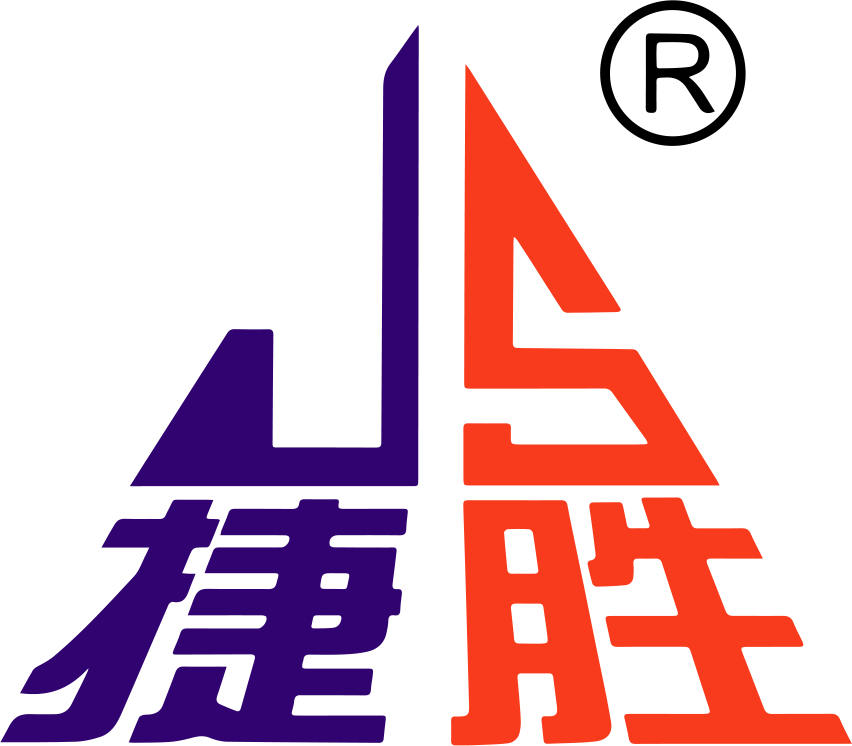Types and Selection of Variable Frequency Drives
Emphasizing the control of motor speeds and increasing efficiency of power usage, the Variable Frequency Drives (VFD) have grown to be important features in the overlay of industrial automation technologies. This publication tries to focus on the available types of VFDs in the market and how the correct type of drive can be selected to meet the applications demands with detailed information on Jiesheng Electric.
What Are VFDs
AnyVFD Variable Frequency Drive is an electrical apparatus used to control the rotational speed of an electric motor by controlling its power input voltage and frequency. Submersible pump, axial flow fans, various types of conveyors, and compressors are some of the equipment that uses such VFDs thus in the process applying a great deal of cost cutting on fixed equipment energy usage with an improvement in controls.
Technical Classifications of VFDs
Voltage Source Inverter (VSI): This represents the most common version of VFDs. First it takes the AC electricity supplied as the input to it and converts it into DC electricity, and this is once again inverted to AC, but at the frequency required to the load. Undoubtedly, VSI configuration is the workhorse of the manufacturers of electrical drives and is widely applicable in most general-purpose loads because of its simplicity and efficiency.
Current Source Inverter (CSI): These devices function in contrast to VSIs, as they sustain a fixed current throughout the operation. They find their applications in high-power and high control-demanding applications, such as heavy industries.
Flux Vector Control Drives: These advanced VFDs are able to control the motor's speed and torque by monitoring the position of the rotor and adjusting the magnetic field orientation accordingly. Such devices are best suited for those applications where high performance is a requisite, such as in robotics and CNC equipment.
Choosing the Appropriate VFD
Application Requirements: Consider the characteristics of your application: what kind of loads will there be, what speeds will be needed, what speed/tork dynamics will need to be provided.
Motor Compatibility: The next thing to consider is the VFD compatibility with the motor in terms of voltage, current, and motor type – induction or synchronous.
Control Features: Choose drives that incorporate modern control systems such as PID systems, feedback, and communication to support automatic devices.
Why Choose Jiesheng Electric?
Quality Assurance: In Jiesheng Electric, quality comes first followed by reliability letting the VFD sustain even in tough conditions in industry.
Innovative Solutions: Emphasis on the development of new technologies Jiesheng proposes state-of-the-art VFDs increasing operation efficiency and performance in the industry.
Extensive Assistance: Jiesheng attends to customers’ needs by providing excellent customer service, technical assistance, and training on how to get the most out of the VFD systems.
Variable Frequency Drives forms an important component of contemporary industrial processes as they enhance control while saving on energy usage. It is imperative for every firm to understand the various VFDs available in the market and analyze the various selection criteria so that they get the appropriate drive for their business.

 EN
EN
 AR
AR
 BG
BG
 HR
HR
 CS
CS
 DA
DA
 NL
NL
 FR
FR
 DE
DE
 EL
EL
 HI
HI
 IT
IT
 JA
JA
 KO
KO
 PL
PL
 PT
PT
 RO
RO
 RU
RU
 ES
ES
 SV
SV
 CA
CA
 TL
TL
 ID
ID
 SR
SR
 UK
UK
 VI
VI
 SQ
SQ
 HU
HU
 TH
TH
 TR
TR
 FA
FA
 AF
AF
 MS
MS
 KA
KA
 BN
BN
 LA
LA
 TA
TA
 KK
KK
 UZ
UZ
